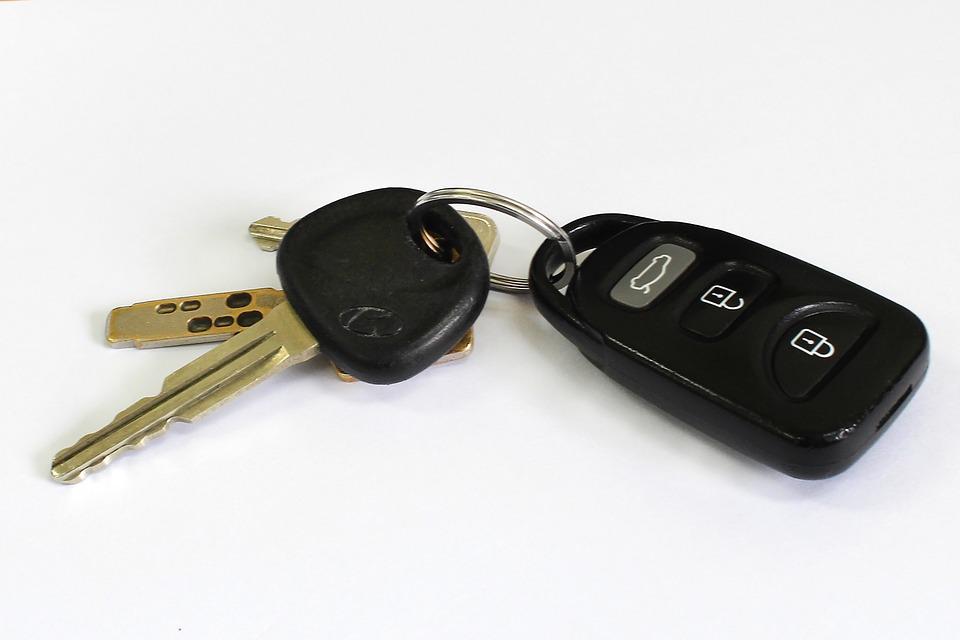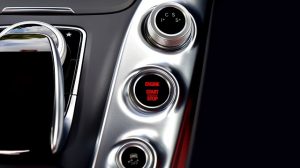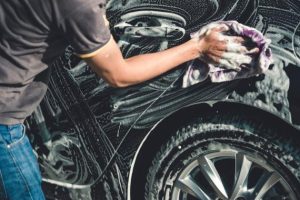Does your car have a central locking system? Can’t get your doors to open anymore? Take the time to check everything. To help you fix them, read this article.
What Triggers This Problem?
The blockage or malfunction of a car’s central locking system is often detected in:
The Inertia Switch:
This element is used to automatically unlock the doors, especially in an accident. In fact, it should only be used in these circumstances. To avoid any incident, it is, therefore, necessary to reset it.
If the failure occurs frequently, it is essential to replace the switch. To do this, disconnect the electrical wiring by removing the nut that secures it. Proceed with the replacement and reassemble the wiring.
The Circuit Breaker:
This device automatically shuts off the power after a flow of 10 to 60 seconds. It also prevents overheating of the lock components and the car involved.
Fuses:
The number of fuses varies depending on the model and the system in your car. There are 3 types of fuses: traditional, in-line, and solenoid. They are often blown due to overheating or short circuits, which causes the car doors to malfunction or lock. Consult the electrical wiring diagram to find out the exact number of fuses that make up your car.
What Tools or Equipment Are Needed for the Repair?
Repairing a faulty central locking or jammed door is like child’s play. Anyone can do it at any time. To do this, you need the right tools and equipment, such as:
- a punch ;
- a torque wrench is a valuable tool for car maintenance and repair, especially for defective or blocked doors. It is adjustable and is mainly used to apply precise torque. It is also available in several models and sizes.
- A screwdriver: it is essential to repair a defective central locking. There is a wide range of screwdrivers. Therefore, it is necessary to choose the one that meets your needs.
- Lubricant: it may be rust that causes the blockage of the central lock of the car. After cleaning, it is necessary to apply new lubrication.
- A vehicle-specific repair manual: If you want to repair your car’s central locking system on your own, it is essential to have a vehicle-specific repair manual. This will help you better understand how your lock works and how to unlock it quickly. In addition, this manual will also help you to know which device the car is equipped with.
To note: The devices that a car is equipped with are usually built into the boxes or under the dashboard.

What Are the Steps to Repair the Defective Lock?
The time to repair a defective lock usually depends on the problem, the car repairer, and the defective door’s reassembly.
Before proceeding with the repair, gather all the materials you will need. When you’re ready, start diagnosing your locks. To do this, open your fuse box and inspect each component. Refer to the owner’s manual or the label on the box for the respective specifications of each fuse. Then, turn on each lock switch to see if they can open or lock the car’s doors. If it does, the problem is either with the linkage or the locking mechanism.
Once the problem is detected, move on to cleaning to remove rust and dirt accumulated in the locks. Then, use a dry lubricant. This step will ensure that the fix will last.
Tips: The repair can damage other parts of the car, including the paint. To avoid unpleasant surprises, order paint identical to your own from suppliers or craftsmen now.




